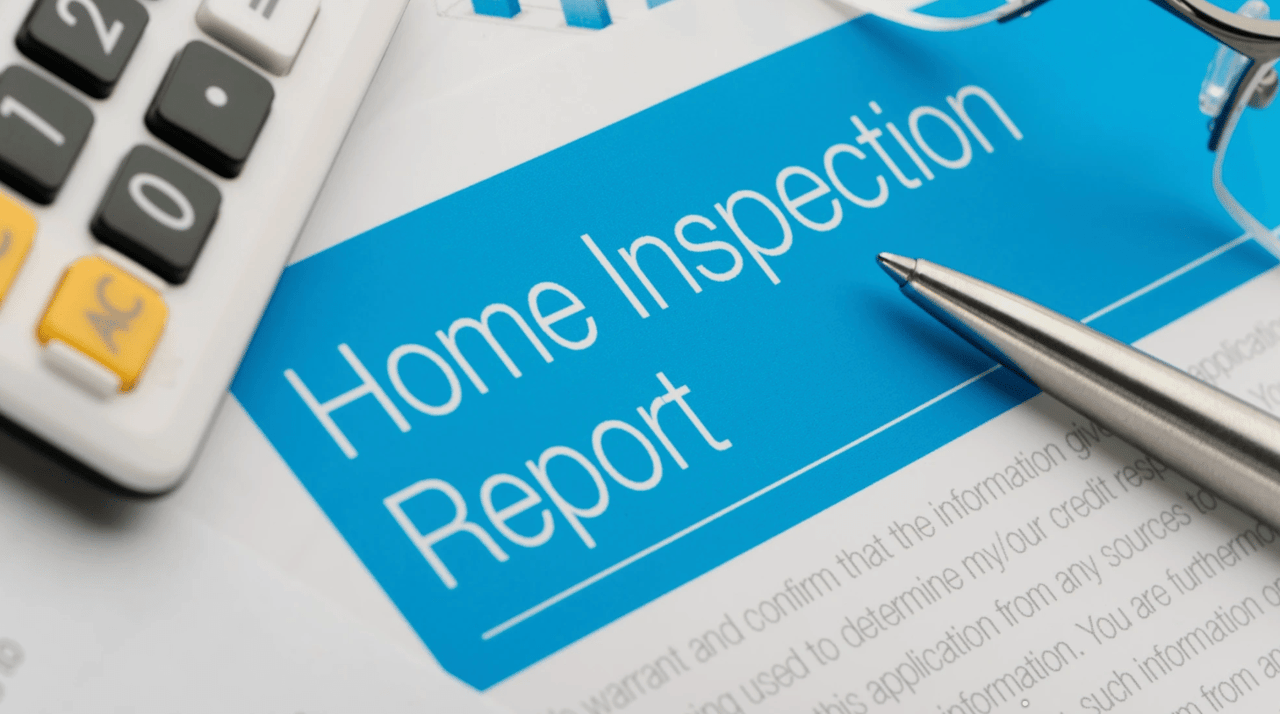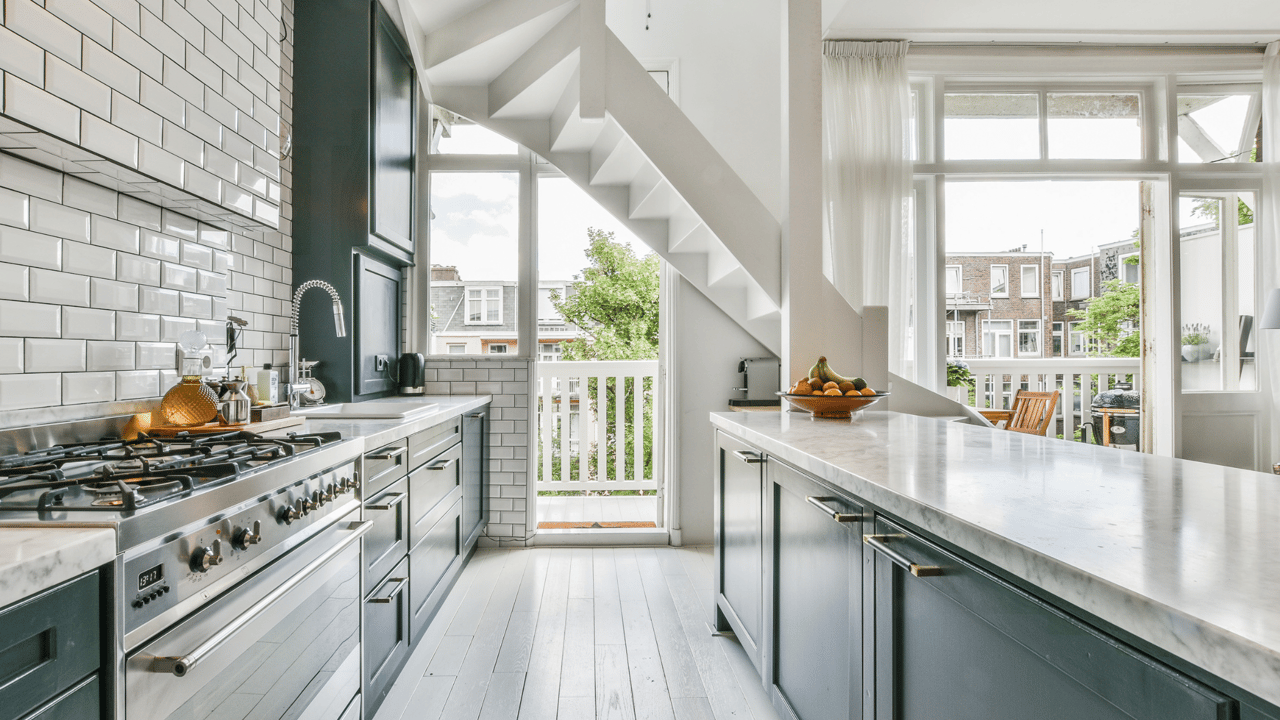A home inspection is a crucial step in the home buying process. It provides you with valuable information about the property’s condition and can help you negotiate a fair price or identify potential issues that need to be addressed. Here’s a comprehensive guide to help you prepare for a home inspection:
1. What Inspectors Look For: Key Areas of Focus
Home inspectors typically examine the following areas:
- Roof: Condition, leaks, and insulation.
- Foundation: Structural integrity, cracks, and settling.
- Electrical system: Wiring, outlets, and safety devices.
- Plumbing system: Pipes, fixtures, and water pressure.
- Heating and cooling systems: Functionality and efficiency.
- Interior components: Walls, floors, ceilings, and doors.
- Exterior components: Siding, windows, and landscaping.
2. Preparing Your Home: Steps to Ensure a Smooth Inspection
To facilitate a thorough inspection, take the following steps:
- Clear the way: Remove clutter and obstructions from the property, including basements, attics, and crawl spaces.
- Access points: Ensure easy access to all areas of the house, including the attic, basement, and crawl spaces.
- Utilities: Have all utilities turned on and running.
- Documents: Gather relevant documents, such as permits, maintenance records, and warranties.
3. Common Issues: What Might Be Flagged During the Inspection
Some common issues that may be identified during a home inspection include:
- Roof damage: Leaks, missing shingles, or structural problems.
- Foundation issues: Cracks, settling, or water damage.
- Electrical problems: Faulty wiring, outdated outlets, or safety hazards.
- Plumbing problems: Leaky pipes, clogged drains, or water pressure issues.
- Pest infestations: Termites, rodents, or other pests.
4. Negotiating Repairs: How to Handle Inspection Findings
If the inspection reveals significant issues, you may be able to negotiate with the seller to address them. Consider the following:
- Severity of the issues: Assess the severity of the problems and their potential impact on the property’s value.
- Seller’s willingness: Determine the seller’s willingness to negotiate repairs or concessions.
- Your budget: Consider your budget and how much you’re willing to spend on repairs.
5. Follow-Up Actions: Next Steps After the Inspection
After the inspection, review the report carefully and discuss any concerns with your real estate agent. If repairs are needed, negotiate with the seller or consider obtaining professional estimates.
By following these tips, you can ensure a smooth and informative home inspection process. Remember, a home inspection is an investment in your peace of mind and can help you make an informed decision about purchasing a home.




